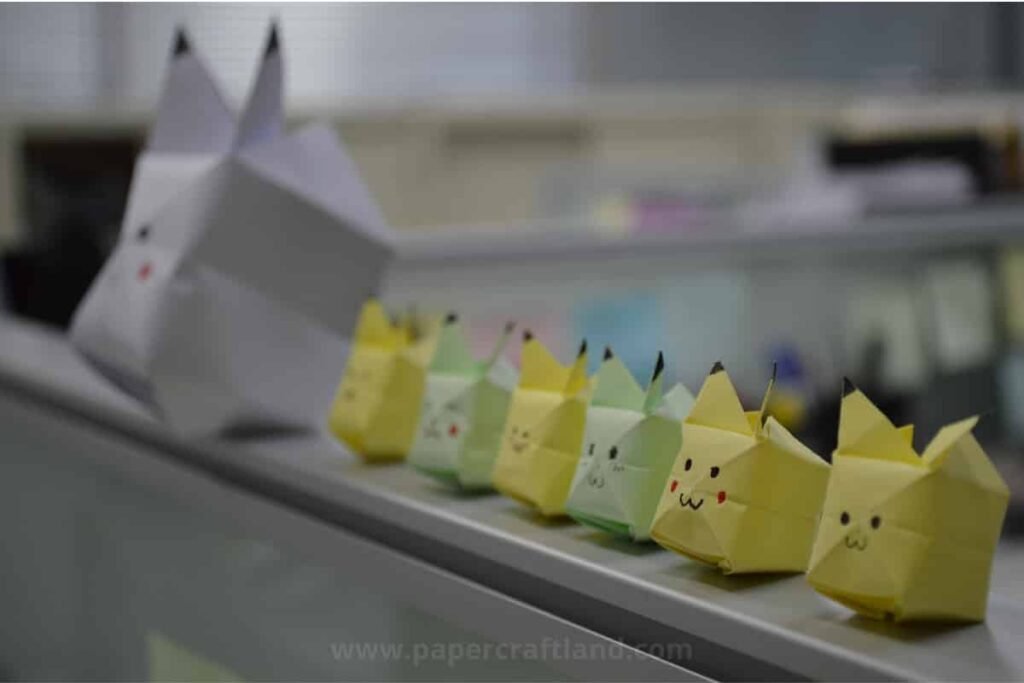Introduction to Origami
Origami is the captivating art of folding paper into intricate shapes, often resembling animals, objects, or abstract designs. The word “origami” originates from the Japanese terms “ori” (fold) and “kami” (paper).
While modern origami is closely associated with Japanese culture, its roots trace back to China. The art spread to Japan in the 6th century, where it flourished into the respected craft we know today.
- Introduction to Origami
- The History of Origami
- Basic Principles of Origami
- Getting Started with Origami
- Popular Origami Models for Beginners
- Intermediate and Advanced Origami Techniques
- The Meditative and Therapeutic Benefits of Origami
- Origami in Art and Culture
- Environmental and Educational Impact of Origami
- Famous Origami Artists and Their Contributions
- How to Continue Your Origami Journey
- Conclusion
The History of Origami
Ancient Roots: Origami in Japan and China
Origami’s origins are deeply intertwined with Japanese and Chinese traditions. In Japan, early paper-folding practices date back to the Edo period (1603–1868). Initially, it was a ceremonial activity involving folded paper offerings, known as “noshi.” Over time, these techniques evolved into more artistic and recreational forms.
The Evolution of Origami Over Centuries
Over centuries, origami transitioned from a ceremonial art to a widely enjoyed pastime. By the late 19th and early 20th centuries, it gained global recognition as an art form. Akira Yoshizawa, a Japanese origami master, revolutionized the craft by developing modern techniques and diagramming methods, making origami accessible worldwide.
The Global Influence of Origami in Modern Times
Origami has transcended traditional boundaries, influencing fields like fashion, design, architecture, and science. Its principles inspire innovative solutions in engineering, space exploration, and more.
Basic Principles of Origami
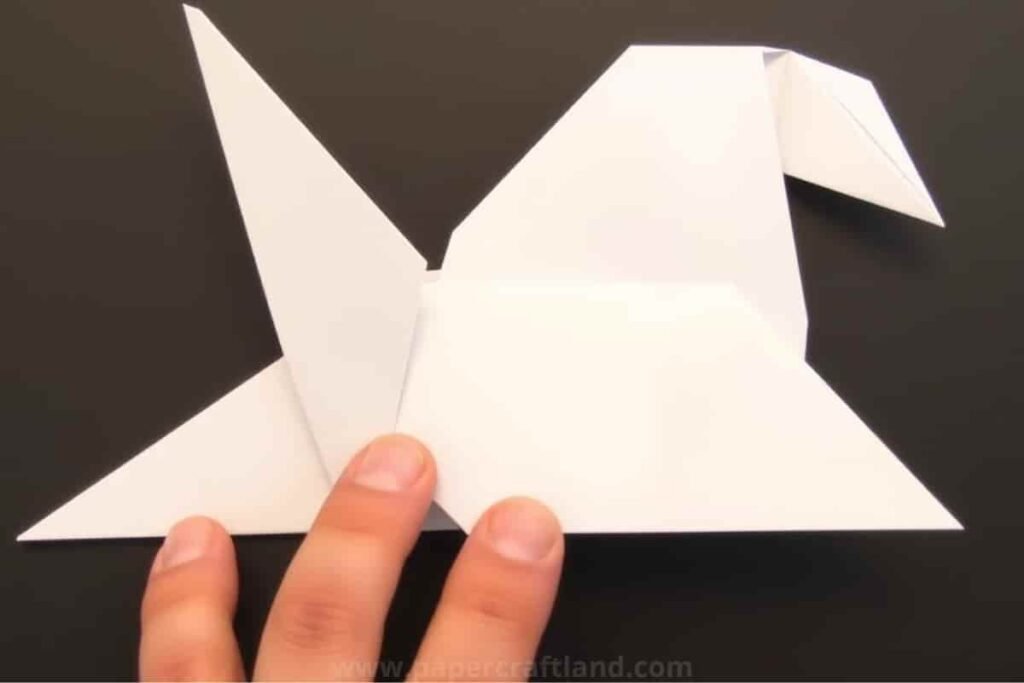
Importance of Paper Selection
Choosing the right paper is essential. Traditional origami paper is thin yet durable, allowing precise folds without tearing. Colored or patterned paper adds an artistic touch to your creations.
Common Folds and Techniques
Mastering basic folds is key to origami. Here are some foundational techniques:
- Valley Fold: Creates a “V”-shaped crease as the paper is folded inward.
- Mountain Fold: The opposite of a valley fold, forming a peak.
- Squash Fold: Involves flattening a section for symmetry or structure.
- Reverse Fold: Changes the fold direction, often used for details like limbs.
Getting Started with Origami
Choosing the Right Paper for Beginners
Beginners should start with lightweight, forgiving paper, like printer or traditional origami paper. Advanced folders may explore specialty papers like washi or foil-backed paper.
Essential Tools (Optional)
While origami traditionally requires only your hands, tools like bone folders or tweezers can help with precision.
Basic Origami Diagrams and Symbols
Learning origami diagrams is crucial. Symbols such as arrows, dashed lines, and shading guide you through each step.
Popular Origami Models for Beginners
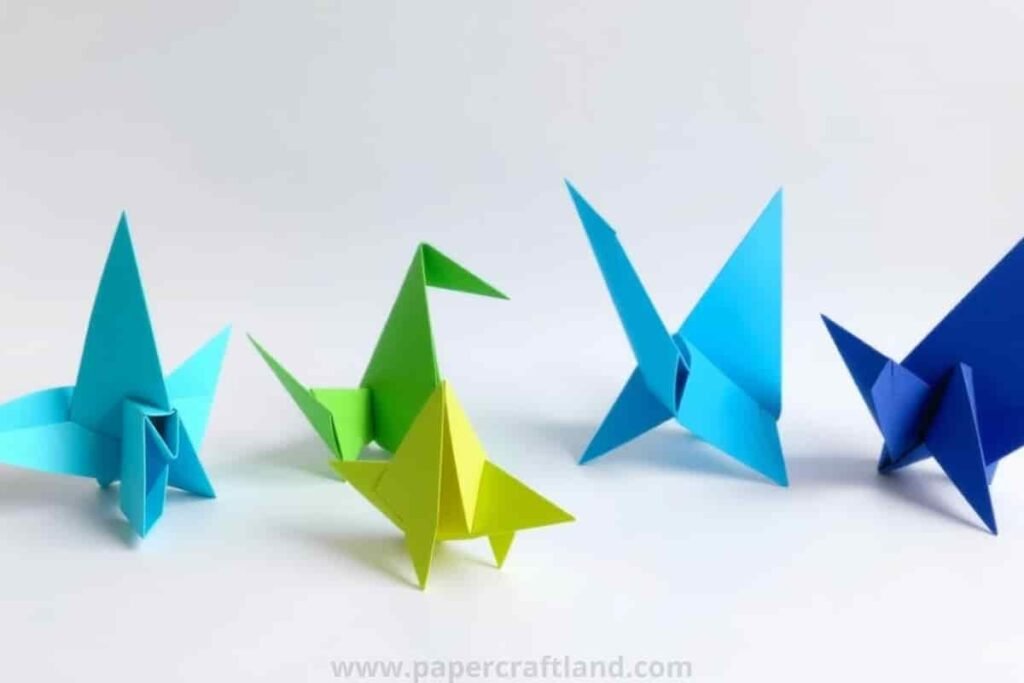
The Classic Origami Crane
The crane is an iconic origami model symbolizing peace. According to Japanese legend, folding 1,000 cranes brings good luck or grants a wish.
The Simple Paper Boat
A fun, functional project, the paper boat floats in water, making it a favorite among children and adults.
The Jumping Frog
This playful model “hops” when pressed, making it interactive and entertaining.
The Paper Butterfly
A delicate model, the butterfly introduces graceful folding techniques.
Intermediate and Advanced Origami Techniques
Wet-Folding Technique
Wet-folding involves moistening the paper for sculptural shapes and smoother edges.
Modular Origami
Involves assembling multiple folded units into larger geometric structures, ideal for complex designs.
Tessellation Origami
Creates intricate, tiled patterns requiring patience and precision.
The Meditative and Therapeutic Benefits of Origami
Mindfulness and Relaxation Through Folding
Origami fosters mindfulness by encouraging focus on each fold, promoting relaxation and stress relief.
Origami as a Tool for Problem-Solving and Focus
Following origami instructions enhances spatial awareness and problem-solving skills, offering a mental workout.
Origami in Therapy: Benefits for Mental Health
Origami helps patients improve fine motor skills, focus, and emotional processing, making it a valuable therapeutic tool.
Origami in Art and Culture
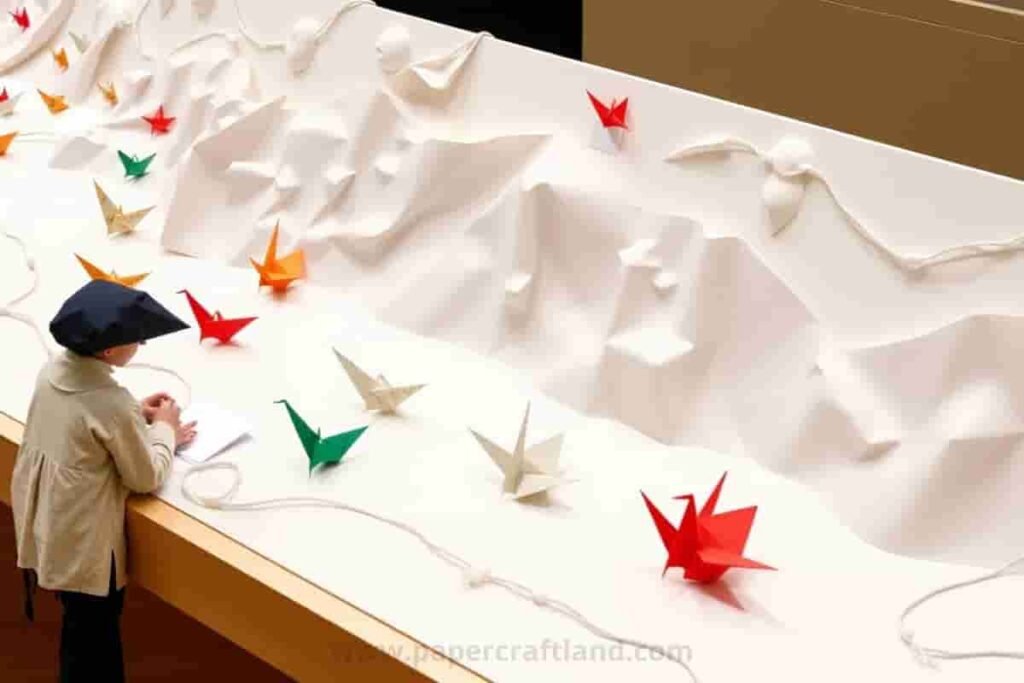
Origami in Museums and Exhibitions
Origami is showcased globally in museums, with artists creating stunning sculptures and installations.
The Role of Origami in Fashion and Design
Fashion designers incorporate origami-inspired geometric shapes for bold, innovative garments.
Origami in Architecture and Engineering
Origami principles influence foldable structures in architecture and engineering, from satellite designs to space-saving innovations.
Environmental and Educational Impact of Origami
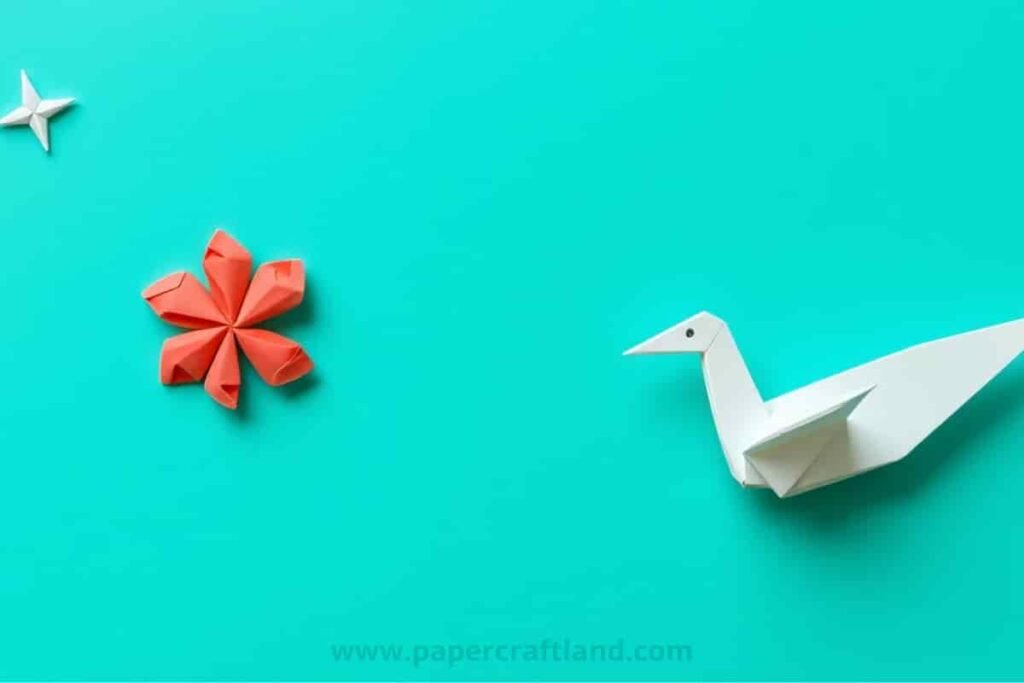
Eco-Friendly Origami Projects
Using recycled paper makes origami a sustainable craft, perfect for eco-conscious creators.
Origami in the Classroom
Teachers use origami to enhance spatial reasoning, geometry skills, and creativity, while introducing Japanese culture.
STEM Applications of Origami
Origami inspires advancements in engineering, robotics, and medical devices, making it valuable in STEM fields.
Famous Origami Artists and Their Contributions
Akira Yoshizawa: The Father of Modern Origami
Yoshizawa’s innovative techniques revolutionized origami, inspiring generations.
Robert Lang: Origami and Mathematics
Lang combines origami with mathematics, creating intricate designs and contributing to robotics and space exploration.
Eric Joisel: Sculptural Origami Masterpieces
Joisel’s expressive sculptures push the boundaries of origami, showcasing its artistic potential.
How to Continue Your Origami Journey
Joining Origami Communities
Connect with enthusiasts at online forums, local groups, or conventions to learn and share techniques.
Resources for Learning
- Books: Titles like “Origami Design Secrets” by Robert Lang.
- Online Tutorials: Platforms like YouTube offer visual guides.
- Workshops: Attend classes for hands-on instruction.
Conclusion
Origami is a timeless craft that sparks creativity, relaxation, and innovation. Whether you’re a beginner or an expert, the world of origami offers endless possibilities. Grab some paper and embark on this fascinating journey!
FAQs
- What type of paper is ideal for origami?
Traditional origami paper is best, but beginners can use regular printer paper. - Is origami difficult to learn?
No, start with simple models and progress gradually. - Can origami have practical applications?
Yes, it’s used in engineering, robotics, and space exploration. - How does origami reduce stress?
Its repetitive, focused nature promotes mindfulness and relaxation. - Are there worldwide origami events?
Yes, conventions and competitions bring enthusiasts together globally. - Can origami improve cognitive skills? Yes, origami enhances focus, spatial awareness, and problem-solving skills.
- What is the easiest origami model for beginners? the classic paper crane or a simple paper boat is ideal for beginners.




